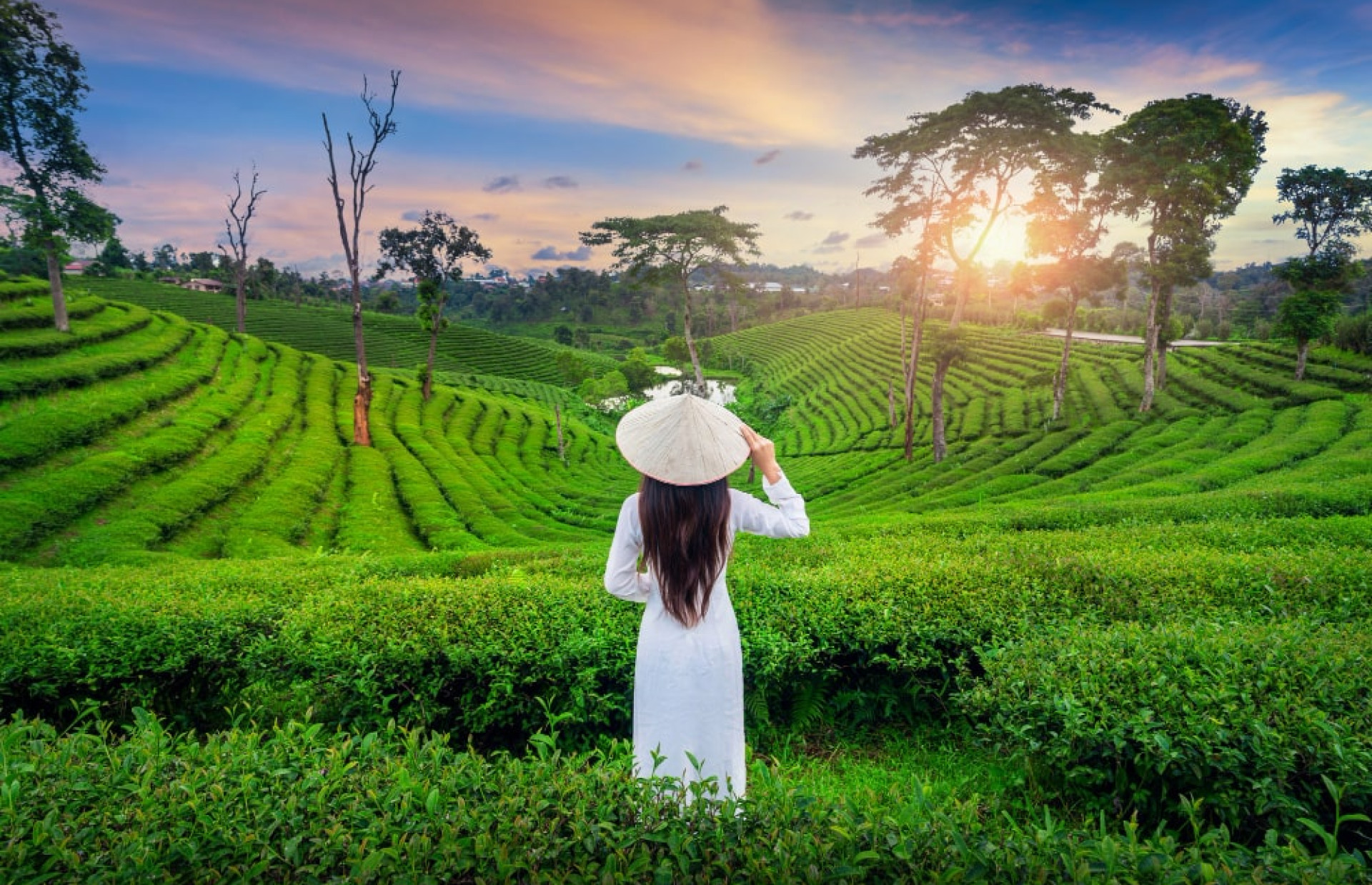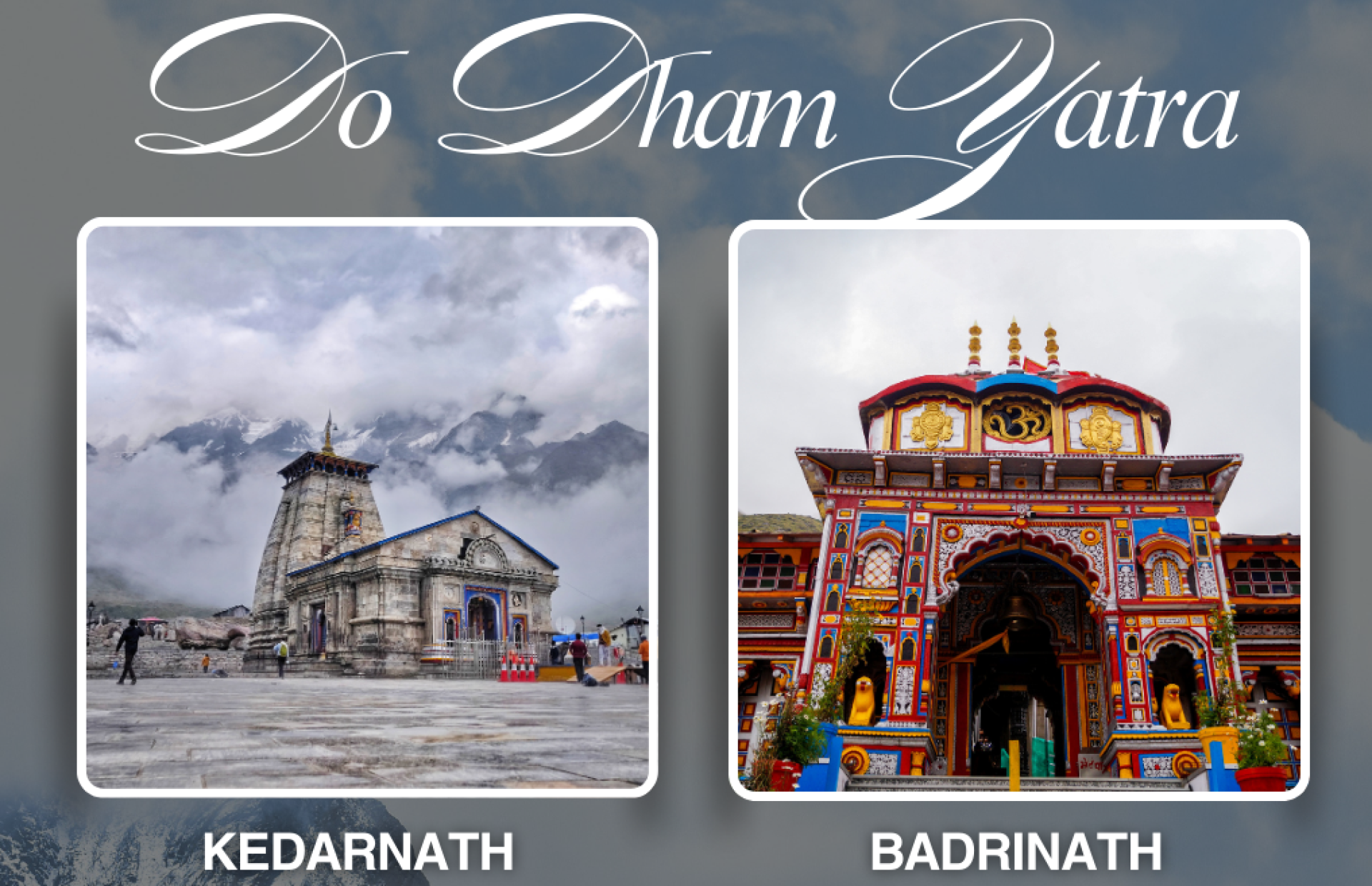SAGA OF INDIAN HILL STATIONS
SAGA OF INDIAN HILL STATIONS
Long breezy road,
Freezy climate,
White vapours on every breath,
Foggy Forest,
Drizzling Climate,
Smell of woods,
Sounds of gurgling waters,
Breathe of fresh air,
Charm of heritage,
Aromas of fresh produce,
Cusp tight grip on that hot coffee cup
Tranquil surrounds,
Smiling faces,
Rub of palms on the bonfire….
Chill feel of the hill
Don’t these lines mentally transport you somewhere? They do, precisely they transport you at Hill Stations. Picturesque, salubrious, pristine, yet majestic these places perched atop hill tops have always enticed Indians who wish to seek solace and beat the tropical heat of plains on a quick getaway. So, read on to understand more on the saga of Indian hill stations.
SLICE OF HISTORY
The word HISTORY can be yawn inducing but a BIG NO, this is not a typical history but a quick and brief understanding on why certain Hill Stations have emerged and why are they so popular with the tourists today. We must acknowledge the fact that colonizers (Britishers) have been responsible for the growth and development of Hill Stations.
How so many of these chilly highlands / hill stations developed across India?
Reason is, for effective governance and administration, Britishers divided India into 3 main presidencies / provinces (Bombay, Bengal and Madras) and accordingly officials were posted all across these presidencies who in turn were in search of cold climate regions for escape leading to the growth and development of several Hill Stations all across the country.
Many reasons can be attributed to this occurrence and they are as follows:
- Escaping Diseases and overcoming fatigue of tropics: The sweltering heat of India took a severe toll on the health of the Britishers and they had fallen prey to diseases like severe fatigue, dehydration, malaria, diarrhoea, typhoid etc. So, these high-altitude places with salubrious climate offered them an opportunity to relax and recuperate. This resulted into improved health and immunity boost. Many Britishers also chose to stay at such Hill Stations for longer durations.
- Development of Amenities: As more Britishers chose to stay at Hill Stations for lengthier durations that in turn lead to the development of many recreational amenities full with English style comforts and many structures in accordance with British Architectural styles were created. Many artificial lakes too were dug out and built to imitate the felling of English countryside charm. Hunting was always a preferred activity for British aristocrats and vast swathes of land on mountains soon became their preferred hunting grounds as a part of leisure. Majority of expat residents of Hill Stations were women and children who mingled well with the locals teaching them the white mannerisms and etiquettes. This lead to the swell in population at Hill Stations.
- Nostalgia and Cultural Hybridization: The location of these places made English nostalgic and they compared them with the English boulevards, valleys, mountains, and peaks. They extensively planted the British crops and fruits and juxtaposed them with already existing indigenous Indian plants. Planting of cash crops also became rampant. The abundance of produce and the vastness of green cover today can be attributed to the Britishers. Since Britishers saw them as “second homes that exude the charm of a county” many British styled amenities were constructed like lake side walks. Central walk avenues, shopping districts / malls, huge Anglican churches etc. which still stand today as cynosure for visiting tourists.
- From Destinations to Stations: In the old days these highlands were known as Hilly Destinations /Hill Resorts. So, why do we call them as Hill Stations? As we already saw many English plants were planted by Britishers and many of them included cash crops like tea and coffee. There was always a surplus production of these which was transported down to plains. However, the journey down was very treacherous which lead to creation of light railways with few stations in between. Although that was not the only purpose behind construction of the scenic rail lines. Thus, the new word Hill Station came became prominent.
- An Escape: The feeling of tranquil solitude that Hill Stations of India offer is one of the reasons why even today the resorts / guest houses and other secondary accommodation establishments at hill stations see many long stay guests who occupy themselves in creative pursuits. In the colonial era Britishers too used these highlands to escape and segregate themselves physically and culturally from indigenous population, native servants, and native labour.
|
|
|
And many more…
One thing is for sure, you won't be short of things to do at any of the hill stations in India. You'll find them all over the country. And, to add to the adventure, it's possible to take a toy train ride up to some of them. Unfortunately, many of the hill stations have become overcrowded, especially during summer. Hence, some quieter nearby alternatives have also been mentioned.
So, dear readers do watch out this space as we take you on a beautiful journey of prominent Hill Stations scattered across length and breadth of our beautiful India in the series of upcoming articles.










